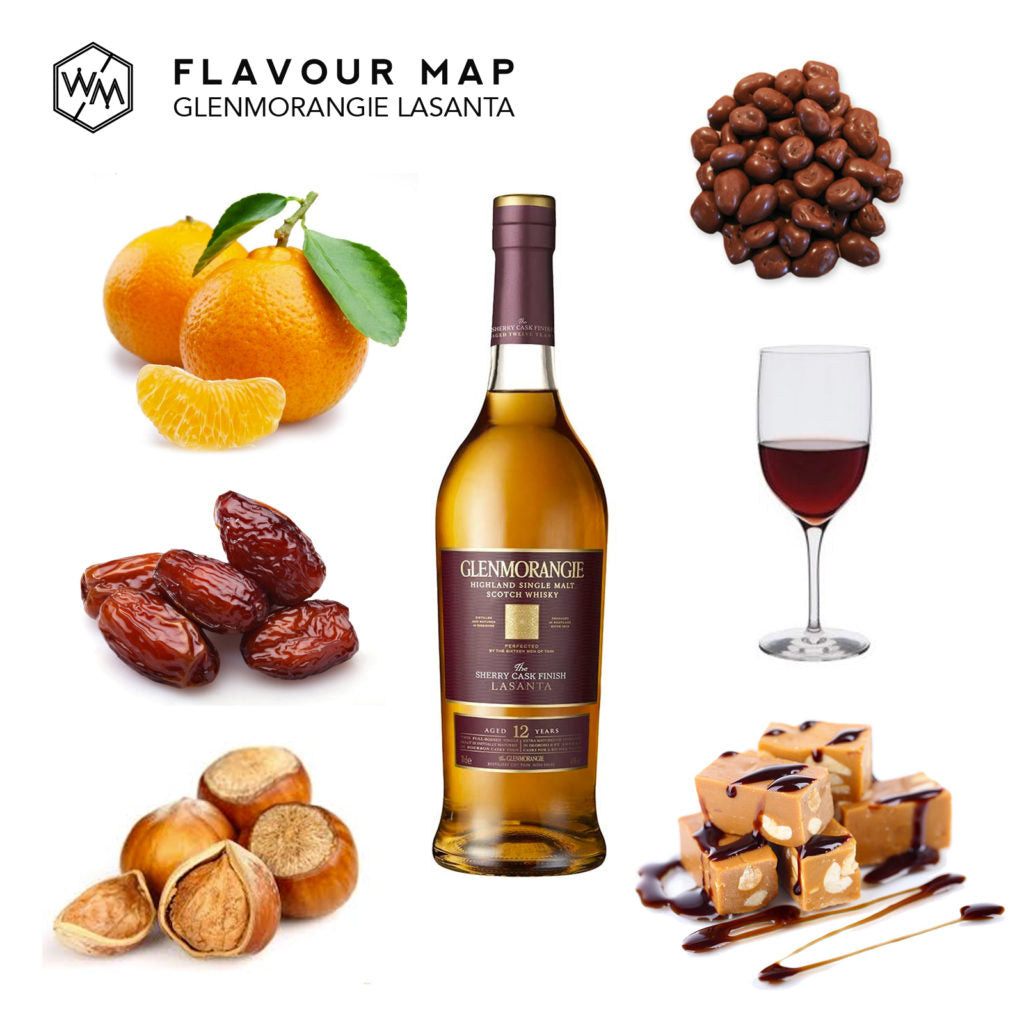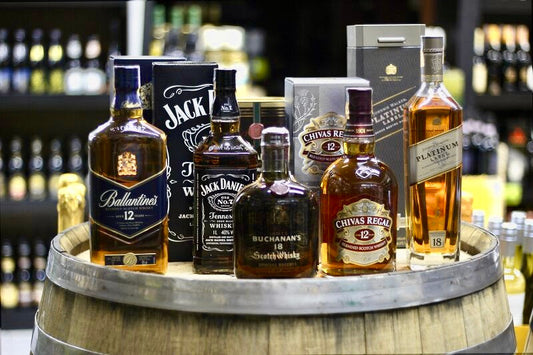
Is there a 'sweet spot' in single malt whisky?
Whisky flavour maps are a common way of classifying whiskies by their flavour qualities. By knowing where a given whisky falls on a flavour map, a whisky drinker is better primed to choose drinks that will appeal to them.
Flavour maps are useful to distilleries, as well. By mapping which whiskies sell the best, the industry can anticipate which ages and flavours will be the most popular, allowing them to better prepare for sales. Whisky production is a long game, and when a whisky proves to be popular, it can be difficult, if not impossible, to replicate it on the fly. After all, when your whisky has spent ten years ageing to perfection, you’d need a time machine to make more of it quickly.
The four map quadrants
Simple whisky flavour maps are divided into two questions: How smoky is the whisky? And how light is the whisky? By ranking these two answers, every whisky will find its home in one of the four whisky flavour categories.
- Rich/smoky
- Rich/delicate
- Light/smoky
- Light/delicate

Where each whisky falls within its quadrant is a subjective measure. There is no universally accurate quantity for measuring the flavour qualities of whisky. Every whisky drinker’s flavour map is going to look a little bit different depending on their own tastes and which whiskies they’ve tried. And over time, the placement of whiskies on the map may move. Perhaps a few years back you tried what seemed, at the time, to be the smokiest brew on planet Earth, but after finding something even smokier, you may now adjust some of your previous notes. Once you've identified your flavour zone, browse our single malt whisky collection to find bottles that match your taste perfectly.
By tracking the age of the whiskies, as well, whisky flavour charts can also help you map a clear picture of how a whisky changes as it ages.
If you're a subscriber, you can try tracking each individual whisky on your own whisky tasting journal provided in your first box.

Whisky age and other flavour factors
A whisky’s flavour is determined by more than just its ingredients. The age of the whisky plays a part, as well. It’s no secret that the longer a whisky is aged, the higher its profile. The ageing process has a distinct effect on flavour, which is why we like to let whiskies sit in barrels for years, even though it’s possible to distil a barrel of whisky in a matter of days.
As whisky ages in its barrel, the harsher taste of the alcohol disappears, and the whisky begins to adopt the flavours specific to the barrel being used. Barrels are usually oak and often charred. The qualities of the barrel will give the whisky its unique mix of flavours. It is not uncommon for whisky to be aged in used barrels as a way of mixing different flavours.
All this is the reason to note age on whisky flavour maps, either as a separate note or simply marked next to the whisky’s name on the map.
What’s in a sweet spot?
So what exactly is the idea of a whisky sweet spot? When people ponder this question, what they’re really asking is if there’s an area on the flavour chart that’s guaranteed to be a hit. Aiming for the “sweet spot” with your whisky is a way of making sure your brew appeals to most people. The sweet spot is the area of the flavour map wherein lies the favourite flavours of most whisky drinkers.
How do you determine the sweet spot?
This elusive sweet spot is going to vary depending on a lot of factors. Even location can play a role in which whiskies fall into this category. Culture and availability can affect whether a certain area craves bourbon or scotch.
Overall this sweet spot of best-selling whiskies is most commonly populated by light and floral flavours, usually aged for around a decade, although high demands and uncertain markets have led to a rise in the popularity of NAS whiskies. NAS here stands for “no age statement.”
This is why more delicate brews tend to top the bestseller charts. Heavier, more smoky flavours are less popular and occupy more of a niche market hold.
Journeying outside the sweet spot
Many dark, smoky flavours lay well outside the realms where the more popular whiskies congregate. It can be easy to stagnate with your whisky tasting adventures if you only stick to what’s the most popular. By adding a little variety into your whisky library, you’ll not only come to appreciate those “sweet spot” flavours more, but you just might find a few outliers that cater to your unique palette.
Getting started with Whisky Loot is the way you can guarantee the perfect amount of variety in your whisky. And each subscription comes with your very own whisky journal, so you can keep track of your own flavour chart.













